Today marks 50 years since Thatcher became the Conservative Party Leader
Today it is 50 years since Margaret Thatcher became leader of the Conservative Party — and took it, and the UK, in a completely new direction. In February 1974, the Conservative Prime Minister Edward Heath, who had been elected in 1970 on the free-market ’Selsdon’ manifesto but who quickly reverted to his natural centralism, called and lost an election. Heath tried but failed to put together a coalition with the left-of-centre Liberals, so Labour formed a minority government (and scraped a narrow majority in the October election that same year.
There was much unease in the Conservative Party at how Heath’s government had performed, particularly when it was supposed to go in a new direction following years of ‘Butskillism’ consensus politics. Despite promising to curb trade union power (which was then extremely strong, thanks to so many essential industries being nationalised monopolies), he did not succeed. Coal miners, for example, demonstrated their ability to shut down the energy sector, leading to extensive power cuts and the ‘three day week’.
At the time, there was no mechanism by which a sitting Conservative leader could be challenged. Only if the leader stepped down could there be an election. But the 1922 Committee of backbench Conservative MPs wanted a challenge, and proposed a change to the rules. Heath eventually agreed to an election; a rather arrogant man, he assumed there would be no chance of him losing, and that he would continue as leader, and many senior figures in the party thought the same.
Two other candidates, Hugh Fraser and Margaret Thatcher, put their names forward for election. They had very little support, though their candidatures were welcomed as signifying that there would be a ‘real’ election rather than Heath simply being returned unopposed. But Thatcher, and her campaign manager Airey Neave had other ideas. They wanted to take the Party in the more free-market direction it has promised back in 1970.
Thatcher’s campaign staff made use of the prevailing assumption that Heath would be comfortably re-elected. She had the support of a number of disgruntled backbenchers. But as for the majority of the parliamentary Party, the campaign team urged individuals to vote for her simply to send a message to the arrogant Heath that he needed to listen more to his colleagues. One by one, many Conservative MPs agreed to do precisely that. Thatcher was clearly picking up support, but by the eve of the election, it still seemed that Heath would win easily. But the strategy had worked, and Thatcher topped the poll. Though a second ballot was required, with Heath supporters such as William Whitelaw and Jim Prior now coming in, the momentum was all with Thatcher, who won with nearly 53% of the vote.
It was only a short time later when the new leader met with some of her colleagues to discuss strategy. They almost all supported taking a ‘middle way’ between the free market and the socialist approach. But she famously reached into her bag, took out a copy of F. A. Hayek’s Constitution of Liberty, slapped it on the table, and said: “This is what we believe!”
British politics would never be the same again.
